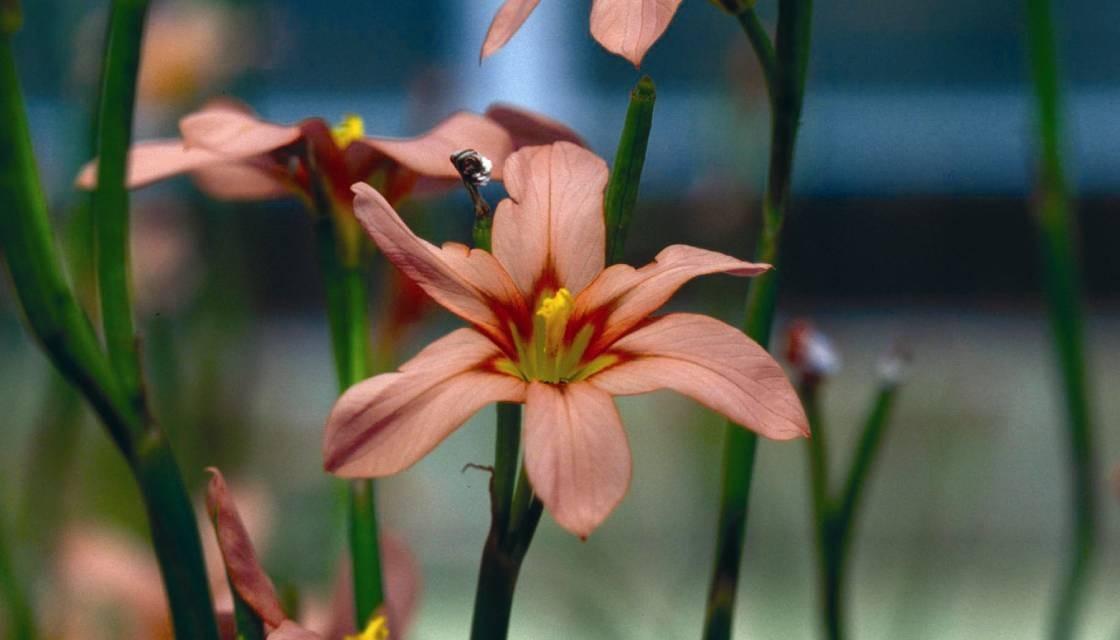The toxic threat Cape tulip

The plant has pretty flowers but is a very poisonous weed. Photo: Ministry for Primary Industries.
Gardeners and landowners are being asked to call in any sightings of the Cape tulip, which has pretty flowers but is a very poisonous weed.
There is a significant risk of it spreading throughout New Zealand due to its long-lasting corns, which can lie dormant for up to eight years.
The Cape tulip, despite its beauty, is a highly toxic, non-native plant harmful to humans and livestock. It’s classified as a notifiable and unwanted organism under the Biosecurity Act 1993, with every part containing poisonous compounds, even when dried. The establishment of Cape tulip in agricultural areas could result in significant economic consequences.
“Unfortunately, we think there’s possibly a Cape tulip in Murchison, however since it’s no longer flowering it’s harder to tell, but the leaves indicate that it’s likely,” Murchison Garden Club secretary Linda Giblin says.
Linda and the plant owner are following Biosecurity New Zealand’s instructions not to touch or disturb the plants.
“Apparently one plant can produce between 3000 and 6000 seeds and numerous corns, so it must be disposed of very carefully or it can easily spread. I assume these are some of the reasons biosecurity comes and attends to it themselves,” Linda adds.
Linda highlights a plant called Sparaxis which has very similar-looking flowers and may be confused with the Cape tulip.
“If you compare Sparaxis to Cape tulip you will notice that the leaves are shorter, wider, and more deeply ridged and more upright. Cape tulip leaves are similar and tend to lie flat on the ground when they get longer – up to 90cm. The Sparaxis flowers in mid-spring and the Cape tulip between June and December.
If you suspect Cape tulip on your property contact Biosecurity New Zealand on 0800 80 99 66.
